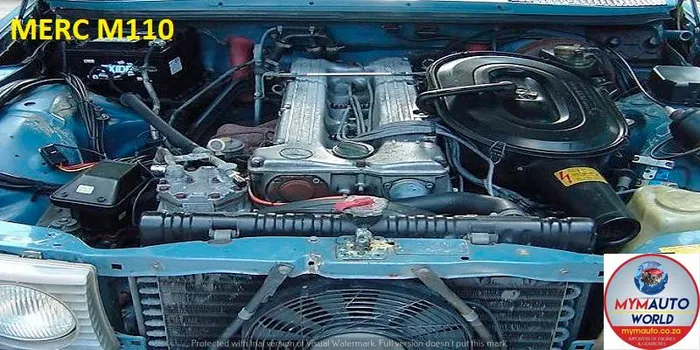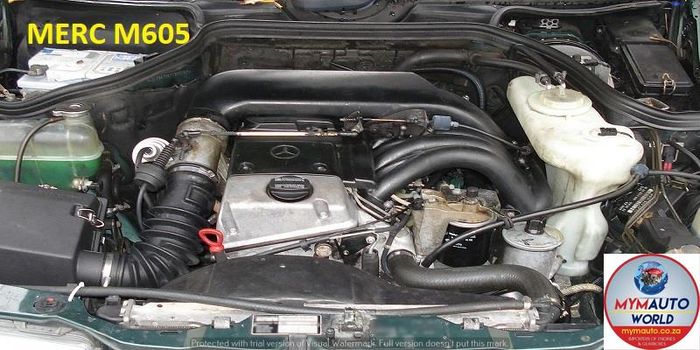Import Engines: Everything You Required to Know Prior To Getting
Import Engines: Everything You Required to Know Prior To Getting
Blog Article
Exploring the most recent Technical Technologies in Import Engines and How They Enhance Driving Experience
In the realm of automobile engineering, the landscape of import engines is going through an extensive improvement driven by sophisticated technical innovations. From the evolution of turbocharged engines to the integration of hybrid technology, the most recent developments are transforming the driving experience in methods previously inconceivable. As import manufacturers push the boundaries of performance and performance via boosted gas shot systems and advanced engine administration services, the question arises: Just how do these innovations absolutely affect the method we communicate with our vehicles on the roadway?

Advancement of Turbocharged Engines
In the auto sector, the development of turbocharged engines has actually substantially transformed the landscape of performance and performance. Turbocharging, as soon as mostly seen in high-performance cars, has now come to be a mainstream modern technology embraced by a vast array of lorries, from small hatchbacks to luxury cars. The essential principle behind a turbocharged engine is simple yet reliable - by requiring more air right into the combustion chamber, it allows even more fuel to be burned, causing boosted power output.
Among the crucial advantages of turbocharged engines is their capacity to provide more power from smaller sized, much more fuel-efficient engines. This downsizing pattern has actually caused a reduction in discharges without compromising efficiency, making turbocharging an attractive alternative for automakers making every effort to satisfy rigorous environmental laws. Turbocharged engines provide boosted torque at lower RPMs, supplying vehicle drivers with a much more dynamic and responsive driving experience.
As technology continues to development, we can anticipate further advancements in turbocharging, bring about even better degrees of efficiency and effectiveness in the auto sector.
Improvements in Gas Injection Solutions
With the continuous development of vehicle modern technology, considerable improvements have actually been made in fuel injection systems. Modern fuel shot systems have actually advanced to deliver fuel much more effectively and specifically right into the engine cyndrical tubes, improving overall engine performance and fuel effectiveness. Among the vital innovations in fuel injection systems is the shift from conventional port fuel injection (PFI) to more sophisticated direct fuel injection (DFI) innovation. DFI systems inject fuel directly into the combustion chamber at high pressures, resulting in better fuel atomization and burning, leading to enhanced power output and reduced discharges.
Additionally, the integration of digital control systems (ECUs) and sensors in fuel shot systems has allowed for real-time adjustments to sustain shipment based on numerous aspects such as engine load, temperature level, and driving problems. This level of accuracy makes sure ideal fuel-air mixture proportions, making best use of engine performance while reducing gas usage and emissions. In addition, improvements in fuel injector style, materials, and spray patterns have actually added to cleaner burning and smoother engine operation. In verdict, the constant innovations in gas shot systems play a critical function in boosting driving experience by supplying improved performance, gas economic climate, and ecological friendliness.
Combination of Hybrid Modern Technology
The evolution of gas shot systems towards greater effectiveness and efficiency has actually set the stage for the seamless combination of crossbreed technology into contemporary engines. Crossbreed modern technology incorporates making use of conventional interior burning engines with electrical propulsion systems, offering improved fuel effectiveness and minimized exhausts. By integrating electrical motors and batteries right into the powertrain, hybrid engines can supplement the interior combustion engine throughout acceleration or low-speed driving, thus improving general efficiency.

Improved Engine Management Equipment
What are the vital improvements in engine administration systems that are enhancing the efficiency and performance of contemporary engines? Engine management systems have actually gone through considerable advancements to maximize engine performance and efficiency.
In addition, contemporary engine management systems make use of advanced algorithms and fabricated intelligence to analyze the information collected by sensing units and make vibrant adjustments to variables such as ignition timing, Related Site fuel shot, and turbocharger boost stress. This level of accuracy and versatility results in enhanced engine responsiveness, increased power result, and decreased gas consumption.
In addition, engine management systems currently feature sophisticated diagnostic abilities that can detect and attend to issues such as misfires, sensing unit malfunctions, and fuel system abnormalities in real-time, thus boosting overall engine dependability and longevity. These improvements in engine monitoring systems play a vital role in improving the driving experience by supplying optimal performance, gas efficiency, and dependability.
Influence of Lightweight Materials
Integrating light-weight products in engine manufacturing has reinvented the automotive industry's technique to boosting gas efficiency and performance. Using products such as carbon light weight aluminum, fiber, and titanium has dramatically minimized the general weight of engines, causing enhanced internet power-to-weight proportions and boosted fuel economic climate. These lightweight products provide a higher strength-to-weight ratio contrasted to traditional materials like steel, enabling higher Go Here durability without endangering performance.
Among the vital benefits of making use of light-weight materials in engine building is the reduction of inertia, resulting in quicker engine reaction times and enhanced overall car agility. Additionally, the lighter weight contributes to lower energy intake, making lorries extra eco pleasant by lowering exhausts.
Moreover, the application of lightweight materials in engine components such as pistons, attaching poles, and crankshafts has allowed engineers to press the limits of performance without sacrificing reliability (import engines). This technology has actually paved the way for more effective and effective engines that supply a remarkable driving experience while meeting stringent exhausts requirements
Conclusion
In conclusion, the most recent technological developments in import engines have actually substantially enhanced the driving experience. From the advancement of turbocharged engines to improvements in fuel shot systems, combination of hybrid innovation, enhanced engine monitoring systems, and the use of light-weight materials, these technologies have jointly enhanced efficiency, fuel performance, and general driving dynamics. As innovation proceeds to development, we can anticipate a lot more interesting growths in the future of import engines.
Modern fuel shot systems have developed to supply fuel a lot more efficiently and specifically into the engine cylinders, boosting overall engine efficiency and gas effectiveness - import engines. By incorporating electrical motors and batteries into the powertrain, crossbreed engines can supplement the inner combustion engine during velocity or low-speed driving, thereby improving total performance
What are the essential innovations in engine management systems that are improving the efficiency and performance of modern engines? Engine administration systems have actually undergone significant improvements to maximize engine efficiency and efficiency. From the evolution of turbocharged engines to improvements in gas shot systems, assimilation of hybrid technology, improved engine administration systems, and the usage of light-weight products, these technologies have actually jointly improved performance, fuel efficiency, and overall driving dynamics.
Report this page